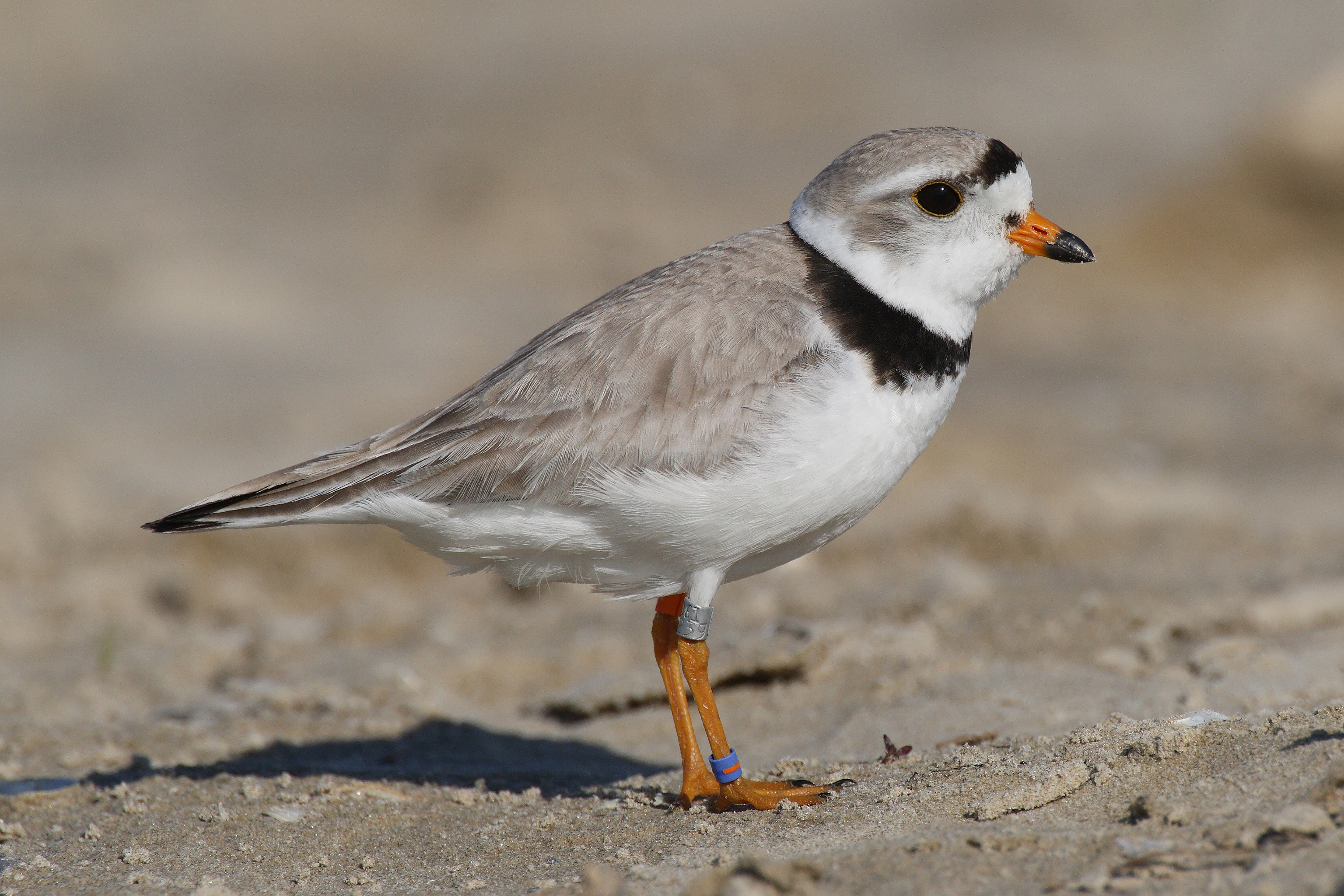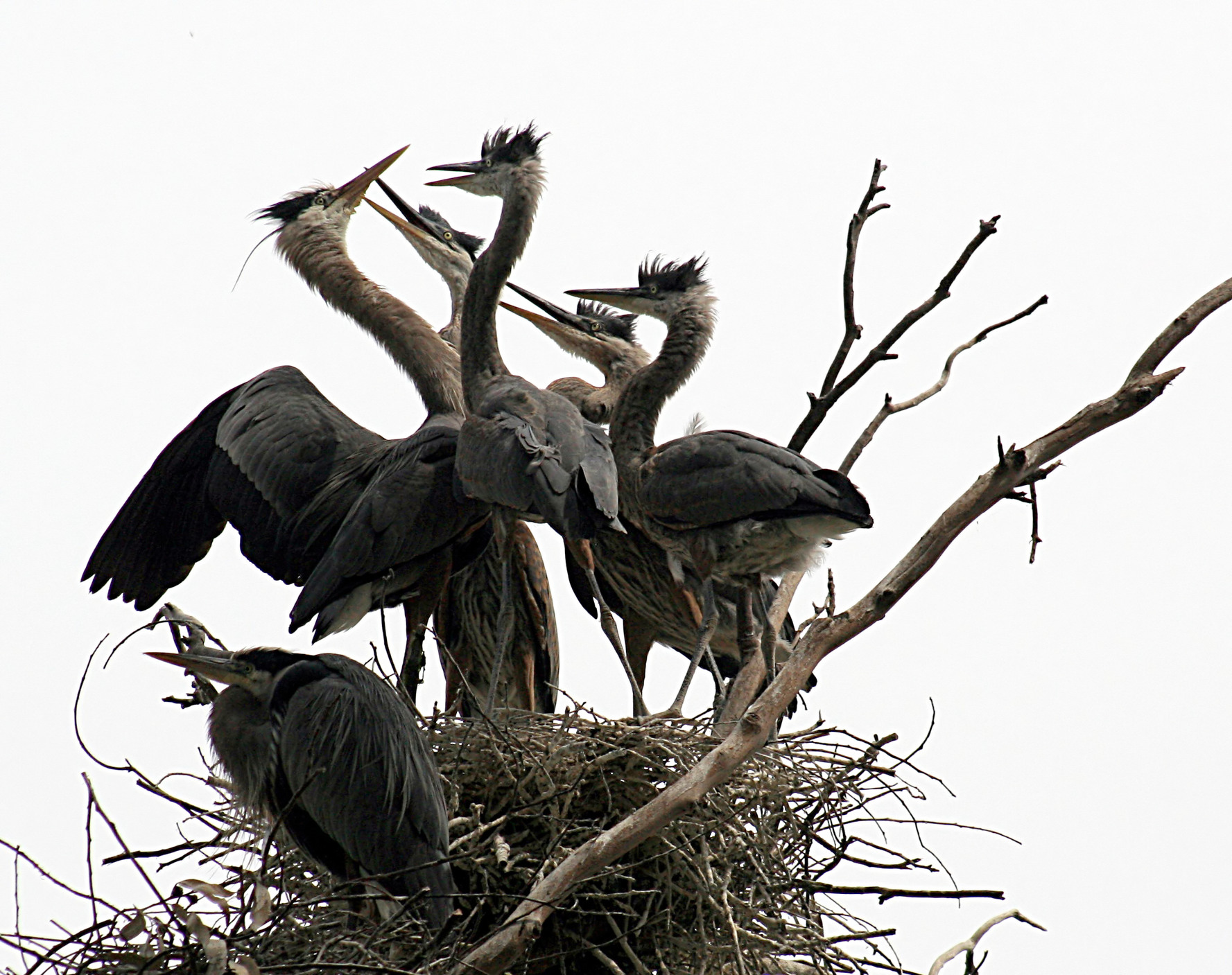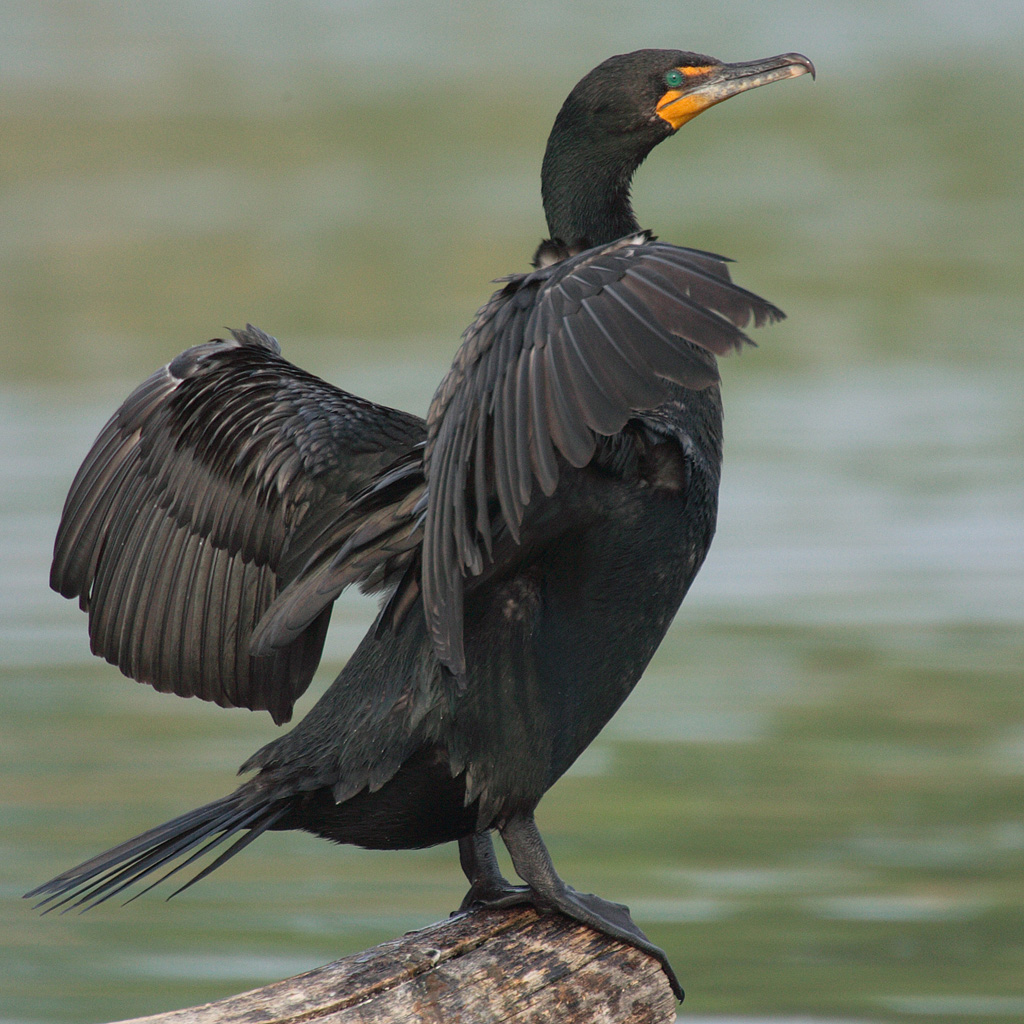Gulf of St. Lawrence Lowland Forests
The ecoregion’s land area is provided in units of 1,000 hectares. The conservation target is the Global Safety Net (GSN1) area for the given ecoregion. The protection level indicates the percentage of the GSN goal that is currently protected on a scale of 0-10. N/A means data is not available at this time.
Bioregion: Northeastern American Mixed Forests (NA10)
Realm: Northern America
Ecoregion Size (1000 ha):
3,624
Ecoregion ID:
335
Conservation Target:
51%
Protection Level:
1
States: Canada: QC, NB, PE, NS
The Gulf of St. Lawrence Lowland Forests ecoregion is surrounded by the New England-Acadian Forests ecoregion and the Atlantic Ocean’s Gulf of St. Lawrence. It includes the southern fringe of the Gaspé Peninsula and the Iles de la Madeleine of Quebec, most of east-central New Brunswick, all of Prince Edward Island, and the Annapolis Valley and Northumberland Strait coast of northwestern Nova Scotia. The terrain is modest, with elevations ranging from sea level to 200 m. This ecoregion was largely deforested after European settlement, which began in the early 1700s. Although agriculture still covers a considerable portion of the ecoregion, and timber production is heavy in New Brunswick, a considerable amount of forest has regrown.

The flagship species of the Gulf of St. Lawrence Lowland Forests ecoregion is the piping plover. Image credit: Creative Commons
The climate of this ecoregion is humid cold temperate, with warm summers and mild, snowy winters. Mean annual temperature ranges from 4.5ºC to 6.5ºC and is lowest on Iles de la Madeleine. However, winter temperatures are generally not as low on the islands as on the mainland. The islands as well as the most of the maritime lowlands of the ecoregion are underlain by Carboniferous sandstones, shales, and conglomerates, with outcrops of bedrock forming prominent hills. Some of the eastern portion of the ecoregion is underlain by Mesozoic sandstone or Paleozoic shale, sandstone, gypsum, and limestone. The entire ecoregion was covered by an ice sheet during the most recent (Wisconsin) glaciation and many previous glaciations.
Prior to European settlement, some 98% of the region was forested. The relatively warm maritime climate of this ecoregion, in comparison with inland areas at the same latitude, promotes greater abundance of hardwood trees as opposed to boreal conifers. The dominant forest type is northern hardwoods with sugar maple, American beech, yellow birch, red oak, and white ash, along with the conifers white pine and eastern hemlock. Red spruce, balsam fir, and other boreal species occur in cooler, exposed sites. The poorly drained Iles de la Madeleine is dominated by the boreal trees black spruce and balsam fir, despite the relatively warm summers.

Great blue herons. Image credit: Brocken Inaglory, Creative Commons
Plant ecologist E. Lucy Braun did not consider the spruce-fir community of this ecoregion true boreal forest, because the dominant and characteristic spruce is red spruce, which is not a boreal tree. Trees with more limited distributions include tamarack (eastern larch), jack pine, red pine, eastern white cedar (arbor vitae), and others. Fire plays a relatively minor role in the disturbance regime of this ecoregion due to its strong maritime influence, but wind and salt spray are significant. Disturbed areas are commonly dominated by paper birch, often accompanied by quaking aspen. Many abandoned fields return to forests of white spruce. Bogs and fens are common in the Minas Lowlands, northeast of the Bay of Fundy.
This is among the ecoregions in North America with the greatest numbers of breeding bird species, including many neotropical migrants such as wood-warblers. Some of the largest breeding colonies of the endangered piping plover occur on the beaches of the Gulf of St. Lawrence, which have generally more favorable nesting habitat than along the Atlantic Ocean.
Significant rookeries of great blue herons and double-crested cormorants also occur within this ecoregion. Mammals characteristic of the mainland portion of this ecoregion include black bear, moose, white-tailed deer, red fox, snowshoe hare, porcupine, fisher, marten, bobcat, raccoon, and muskrat. On Prince Edward Island, bears, fisher, bobcat, and marten have been extirpated. Coyotes have recently colonized most of the ecoregion, including the islands.

Double crested cormorant. Image credit: Creative Commons
The Gulf of St. Lawrence Lowland Forests ecoregion has only 3% of its area protected, but much of the ecoregion still has intact habitat. Logging, especially in New Brunswick, remains a threat, as does shoreline development. Priority conservation actions for the next decade are to: 1) greatly increase federal, provincial, and local acquisition of conservation lands; 2) promote vegetation recovery and active restoration on abandoned and marginal agricultural lands; and 3) reduce shoreline development and logging.
Citations
1. Ricketts, T.H. et al. 1999. Terrestrial Ecoregions of North America: A Conservation Assessment. Island Press, Washington, D.C.
2. Braun, E.L. 1950. Deciduous Forests of Eastern North America. Blackburn Press, Caldwell, NJ.
3. Prince Edward Island: General Introduction to Island Forest History and Ecology. https://www.princeedwardisland.ca/en/information/communities-land-and-environment/general-introduction-island-forest-history-and-ecology



